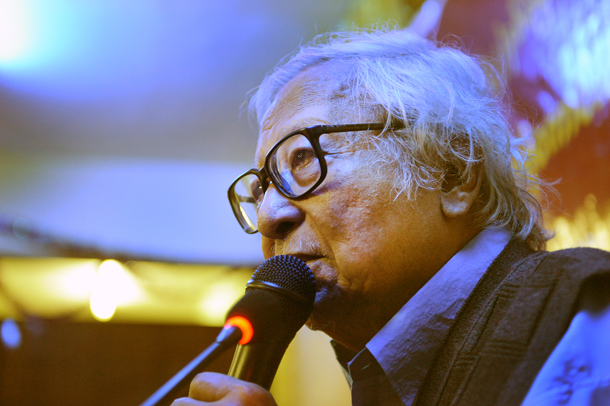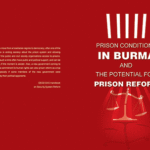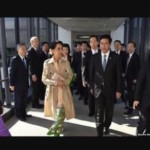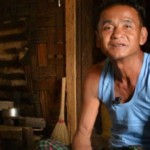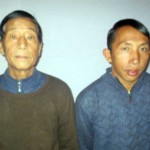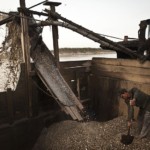Lawi Weng / The Irrawaddy, July 31, 2013
RANGOON—Former political prisoners who survived detention on Great Coco Island, a notorious penal colony off Burma’s mainland, have criticized the country’s reform efforts, saying the Burmese people have yet to see real change under a government that remains largely controlled by the military.
At a ceremony in Rangoon on Wednesday to honor prisoners who died inside the island’s now-shuttered detention center, Hla Nyo, a former prisoner, condemned the administration of President Thein Sein, who served as prime minister under the previous military junta.
“President Thein Sein said his government brought democracy to our country, but there are people whose land has since been confiscated,” the former prisoner said, 42 years after the penal colony was closed down following a series of hunger strikes to protest harsh conditions there. Inmates were then sent to Rangoon’s Insein Prison.
At least 100 people came to the ceremony on Wednesday to honor their comrades who died during the hunger strikes.
Win Tin, a co-founder of Burma’s main opposition party, the National League for Democracy (NLD), also attended. “As long as there is a military system running the country, a system of torture for political prisoners will remain,” said the NLD leader who was imprisoned under the former regime at Insein Prison and has several close friends who were held at Great Coco Island.
“Our current government is from the military, and the country still has a military system,” he said. “We need to fight to end the military system.”
Burma was ruled by military dictators for nearly half a century, until the generals handed power to Thein Sein and a quasi-civilian government in 2011. Thein Sein is himself a former general, and 25 percent of seats in Parliament are reserved for the military.
Win Tin spent 20 years in jail as a political prisoner until his release in 2008. Today the 83-year-old continues to wear the blue shirt issued to all inmates, in an act of solidary with those who remain behind bars.
“I wrote a book about how I and other political prisoners were tortured in prison,” he said. “I kept wearing my clothes from prison because I wanted to show how much I hated it.”
Kyaw Ko Ko, a leader of the All Burma Federation of Student Unions, an activist group, said at the ceremony that Burma’s government only wore a mask of democracy.
“There were democracy activists who told us that it was time to shake hands with the government to solve political problems,” he said. “They took the wrong direction for our democracy movement, because now we find the military still runs the government. They betrayed our democracy movement.”
Former political prisoners from Great Coco Island have hosted smaller ceremonies annually. “But we did it quietly, with only a few people,” said Hla Nyo of past ceremonies. “I feel great to see that today more people have joined.”
U Cho, another former prisoner, said inmates undertook three hunger strikes in a bid to convince the former military regime to send them back to the mainland. “We used our body as a weapon,” he said. “We were fighting for our right to freedom.”
He said prison authorities burned the bodies of inmates who died during the first hunger strike.
“We knew at the time that we could die from hunger on the island. But we also understood very clearly that Ne Win’s regime would have no power if people in the country did not support it or if ethnic people continued fighting,” he said.
More than 230 prisoners were detained at Great Coco Island, which was established as a penal colony in 1959 by Ne Win, who at the time was running Burma through an interim military administration. After he became dictator in a 1962 coup, political prisoners were sent to the detention center with life sentences for opposing his socialist regime.
Due to worsening food and living conditions, political prisoners on the island conducted three known hunger strikes. The first hunger strike was in 1969 and ended after seven days when prison authorities gave in to the prisoners’ demands.
In the following two years, a 40-day strike and a 53-day strike occurred. After eight protesting prisoners died in the third protest, prison authorities closed the penal colony in December 1971.
This article originally appeared on The Irrawaddy. View the original article here.

